HSBC 2002 Annual Report Download - page 117
Download and view the complete annual report
Please find page 117 of the 2002 HSBC annual report below. You can navigate through the pages in the report by either clicking on the pages listed below, or by using the keyword search tool below to find specific information within the annual report.-
 1
1 -
 2
2 -
 3
3 -
 4
4 -
 5
5 -
 6
6 -
 7
7 -
 8
8 -
 9
9 -
 10
10 -
 11
11 -
 12
12 -
 13
13 -
 14
14 -
 15
15 -
 16
16 -
 17
17 -
 18
18 -
 19
19 -
 20
20 -
 21
21 -
 22
22 -
 23
23 -
 24
24 -
 25
25 -
 26
26 -
 27
27 -
 28
28 -
 29
29 -
 30
30 -
 31
31 -
 32
32 -
 33
33 -
 34
34 -
 35
35 -
 36
36 -
 37
37 -
 38
38 -
 39
39 -
 40
40 -
 41
41 -
 42
42 -
 43
43 -
 44
44 -
 45
45 -
 46
46 -
 47
47 -
 48
48 -
 49
49 -
 50
50 -
 51
51 -
 52
52 -
 53
53 -
 54
54 -
 55
55 -
 56
56 -
 57
57 -
 58
58 -
 59
59 -
 60
60 -
 61
61 -
 62
62 -
 63
63 -
 64
64 -
 65
65 -
 66
66 -
 67
67 -
 68
68 -
 69
69 -
 70
70 -
 71
71 -
 72
72 -
 73
73 -
 74
74 -
 75
75 -
 76
76 -
 77
77 -
 78
78 -
 79
79 -
 80
80 -
 81
81 -
 82
82 -
 83
83 -
 84
84 -
 85
85 -
 86
86 -
 87
87 -
 88
88 -
 89
89 -
 90
90 -
 91
91 -
 92
92 -
 93
93 -
 94
94 -
 95
95 -
 96
96 -
 97
97 -
 98
98 -
 99
99 -
 100
100 -
 101
101 -
 102
102 -
 103
103 -
 104
104 -
 105
105 -
 106
106 -
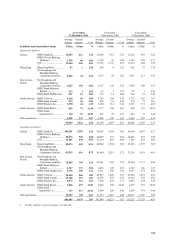 107
107 -
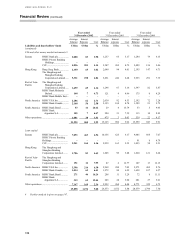 108
108 -
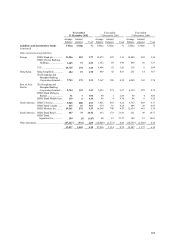 109
109 -
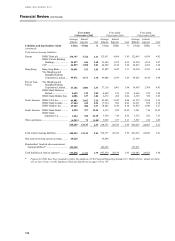 110
110 -
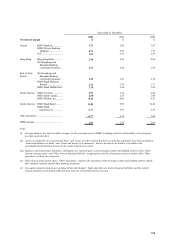 111
111 -
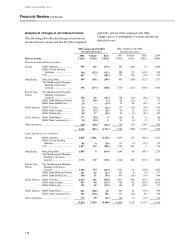 112
112 -
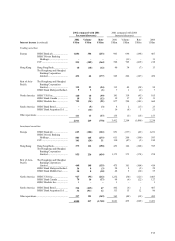 113
113 -
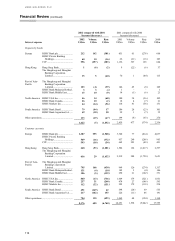 114
114 -
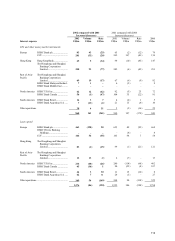 115
115 -
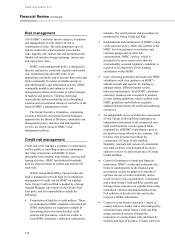 116
116 -
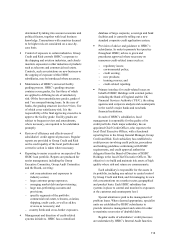 117
117 -
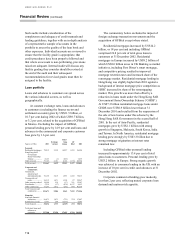 118
118 -
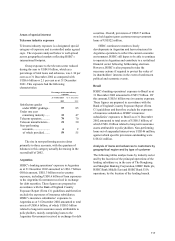 119
119 -
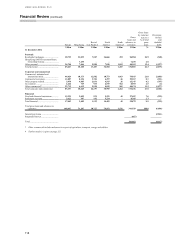 120
120 -
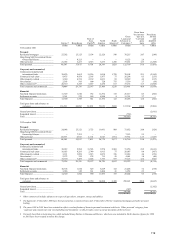 121
121 -
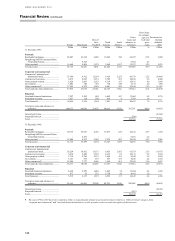 122
122 -
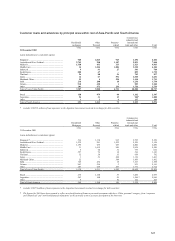 123
123 -
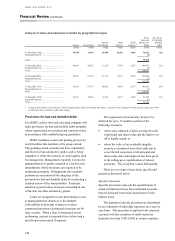 124
124 -
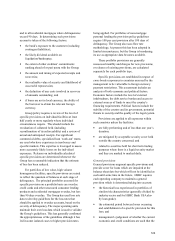 125
125 -
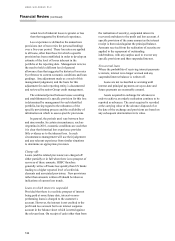 126
126 -
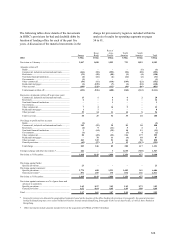 127
127 -
 128
128 -
 129
129 -
 130
130 -
 131
131 -
 132
132 -
 133
133 -
 134
134 -
 135
135 -
 136
136 -
 137
137 -
 138
138 -
 139
139 -
 140
140 -
 141
141 -
 142
142 -
 143
143 -
 144
144 -
 145
145 -
 146
146 -
 147
147 -
 148
148 -
 149
149 -
 150
150 -
 151
151 -
 152
152 -
 153
153 -
 154
154 -
 155
155 -
 156
156 -
 157
157 -
 158
158 -
 159
159 -
 160
160 -
 161
161 -
 162
162 -
 163
163 -
 164
164 -
 165
165 -
 166
166 -
 167
167 -
 168
168 -
 169
169 -
 170
170 -
 171
171 -
 172
172 -
 173
173 -
 174
174 -
 175
175 -
 176
176 -
 177
177 -
 178
178 -
 179
179 -
 180
180 -
 181
181 -
 182
182 -
 183
183 -
 184
184 -
 185
185 -
 186
186 -
 187
187 -
 188
188 -
 189
189 -
 190
190 -
 191
191 -
 192
192 -
 193
193 -
 194
194 -
 195
195 -
 196
196 -
 197
197 -
 198
198 -
 199
199 -
 200
200 -
 201
201 -
 202
202 -
 203
203 -
 204
204 -
 205
205 -
 206
206 -
 207
207 -
 208
208 -
 209
209 -
 210
210 -
 211
211 -
 212
212 -
 213
213 -
 214
214 -
 215
215 -
 216
216 -
 217
217 -
 218
218 -
 219
219 -
 220
220 -
 221
221 -
 222
222 -
 223
223 -
 224
224 -
 225
225 -
 226
226 -
 227
227 -
 228
228 -
 229
229 -
 230
230 -
 231
231 -
 232
232 -
 233
233 -
 234
234 -
 235
235 -
 236
236 -
 237
237 -
 238
238 -
 239
239 -
 240
240 -
 241
241 -
 242
242 -
 243
243 -
 244
244 -
 245
245 -
 246
246 -
 247
247 -
 248
248 -
 249
249 -
 250
250 -
 251
251 -
 252
252 -
 253
253 -
 254
254 -
 255
255 -
 256
256 -
 257
257 -
 258
258 -
 259
259 -
 260
260 -
 261
261 -
 262
262 -
 263
263 -
 264
264 -
 265
265 -
 266
266 -
 267
267 -
 268
268 -
 269
269 -
 270
270 -
 271
271 -
 272
272 -
 273
273 -
 274
274 -
 275
275 -
 276
276 -
 277
277 -
 278
278 -
 279
279 -
 280
280 -
 281
281 -
 282
282 -
 283
283 -
 284
284 -
 285
285 -
 286
286 -
 287
287 -
 288
288 -
 289
289 -
 290
290 -
 291
291 -
 292
292 -
 293
293 -
 294
294 -
 295
295 -
 296
296 -
 297
297 -
 298
298 -
 299
299 -
 300
300 -
 301
301 -
 302
302 -
 303
303 -
 304
304 -
 305
305 -
 306
306 -
 307
307 -
 308
308 -
 309
309 -
 310
310 -
 311
311 -
 312
312 -
 313
313 -
 314
314 -
 315
315 -
 316
316 -
 317
317 -
 318
318 -
 319
319 -
 320
320 -
 321
321 -
 322
322 -
 323
323 -
 324
324 -
 325
325 -
 326
326 -
 327
327 -
 328
328 -
 329
329
 |
 |
115
determined by taking into account economic and
political factors, together with local business
knowledge. Transactions with countries deemed
to be higher risk are considered on a case-by-
case basis.
• Control of exposure to certain industries. Group
Credit and Risk controls HSBC’ s exposure to
the shipping and aviation industries, and closely
monitors exposures to other industries or products
such as telecoms and commercial real estate.
Controls, such as restrictions on new business or
the capping of exposure within HSBC
subsidiaries, may be introduced where necessary.
• Maintenance of HSBC’ s universal facility
grading process. HSBC’ s grading structure
contains seven grades, the first three of which
are applied to differing levels of satisfactory
risk. Of the four unsatisfactory grades, grades 6
and 7 are non-performing loans. In the case of
banks, the grading structure involves 9 tiers, five
of which cover satisfactory risk. It is the
responsibility of the final approving executive to
approve the facility grade. Facility grades are
subject to frequent review and amendments,
where necessary, are required to be undertaken
promptly.
• Review of efficiency and effectiveness of
subsidiaries’ credit approval processes. Regular
reports are provided to Group Credit and Risk
on the credit quality of the local portfolios and
corrective action is taken where necessary.
• Reporting to senior executives on aspects of the
HSBC loan portfolio. Reports are produced for
senior management, including the Group
Executive Committee, Group Audit Committee
and the Board, covering:
− risk concentrations and exposures to
industry sectors;
− large customer group exposures;
− emerging market debt and provisioning;
− large non-performing accounts and
provisions;
− specific segments of the portfolio:
commercial real estate, telecoms, aviation,
shipping, credit cards, as well as ad hoc
reviews as necessary; and
– country limits and cross-border exposures.
• Management and direction of credit-related
systems initiatives. HSBC has a centralised
database of large corporate, sovereign and bank
facilities and is currently rolling out a new
standard corporate credit application system.
• Provision of advice and guidance to HSBC’ s
subsidiaries. In order to promote best practice
throughout HSBC, advice is given and
procedures approved where necessary on
numerous credit-related issues such as:
− regulatory issues;
− environmental policy;
− credit scoring;
− new products;
− training courses; and
− credit-related reporting.
• Primary interface for credit-related issues on
behalf of HSBC Holdings with external parties
including the Bank of England and the UK
Financial Services Authority (‘FSA’ ), the rating
agencies and corporate analysts and counterparts
in the world’ s major banks and non-bank
financial institutions.
In each of HSBC’s subsidiaries, local
management is responsible for the quality of its
credit portfolio. Each major subsidiary has an
appointed Chief Credit Officer, who reports to the
local Chief Executive Officer, with a functional
reporting line to the Group General Manager, Group
Credit and Risk. Each subsidiary has established a
credit process involving credit policies, procedures
and lending guidelines conforming with HSBC
requirements, and credit approval authorities
delegated from the Board of Directors of HSBC
Holdings to the local Chief Executive Officer. The
objective is to build and maintain risk assets of high
quality where risk and return are commensurate.
Each subsidiary is responsible for the assets in
its portfolio, including any subject to central control
by Group Credit and Risk, and for managing its own
risk concentrations on a market sector, geographical
and product basis. Each HSBC subsidiary has
systems in place to control and monitor its exposures
at the customer and counterparty level.
Special attention is paid to the management of
problem loans. Where deemed appropriate, specialist
units are established by HSBC subsidiaries to
provide intensive management and control in order
to maximise recoveries of doubtful debts.
Regular audits of subsidiaries’ credit processes
are undertaken by HSBC’s Internal Audit function.
